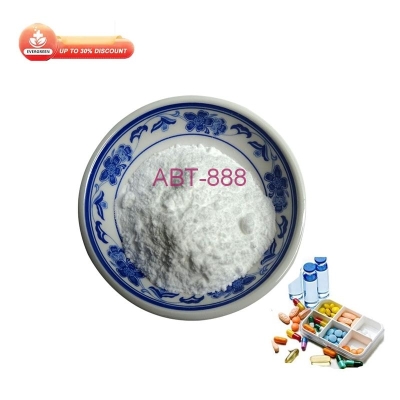-
Categories
-
Pharmaceutical Intermediates
-
Active Pharmaceutical Ingredients
-
Food Additives
- Industrial Coatings
- Agrochemicals
- Dyes and Pigments
- Surfactant
- Flavors and Fragrances
- Chemical Reagents
- Catalyst and Auxiliary
- Natural Products
- Inorganic Chemistry
-
Organic Chemistry
-
Biochemical Engineering
- Analytical Chemistry
- Cosmetic Ingredient
-
Pharmaceutical Intermediates
Promotion
ECHEMI Mall
Wholesale
Weekly Price
Exhibition
News
-
Trade Service
The Development and Production of Atomoxetine Related Compound C (10 mg)
Atomoxetine is a selective norepinephrine reuptake inhibitor used to treat attention-deficit/hyperactivity disorder (ADHD) and depression.
Atomoxetine related compound C is a new derivative of atomoxetine that has been developed for use in the treatment of ADHD.
This compound has shown promising results in clinical trials and is expected to be an effective treatment option for patients with ADHD.
In this article, we will discuss the development and production of Atomoxetine Related Compound C (10 mg) in the chemical industry.
We will explore the chemical structure of the compound, the manufacturing process, quality control measures, and the regulatory requirements that must be met before the compound can be marketed and sold.
Chemical Structure of Atomoxetine Related Compound C
Atomoxetine related compound C is a synthetic compound with a molecular formula of C₁₂H₁₇ClN₂.
It is a white to off-white crystalline powder that is soluble in water and has a melting point of 192-194°C.
The chemical structure of atomoxetine related compound C is similar to that of atomoxetine, but it has been modified to improve its efficacy and safety profile.
Manufacturing Process of Atomoxetine Related Compound C
The manufacturing process for atomoxetine related compound C involves several steps, including synthesis, purification, and formulation.
The synthesis step involves the production of the raw material, which is then purified to obtain a pure sample of the compound.
The purified sample is then formulated into the final dosage form, which is the 10 mg tablet.
The synthesis step involves the use of various chemical reagents and equipment.
The raw material is synthesized through a series of chemical reactions, which are carried out in a laboratory setting.
The purification step involves the use of various techniques, such as crystallization, chromatography, and distillation, to obtain a pure sample of the compound.
Quality Control Measures for Atomoxetine Related Compound C
Quality control measures are essential in ensuring the safety and efficacy of pharmaceutical products.
These measures involve the testing of raw materials, intermediates, and finished products to ensure that they meet the required standards.
In the case of atomoxetine related compound C, the manufacturing process involves several quality control checks to ensure that the final product is of the highest quality.
The quality control measures for atomoxetine related compound C include testing for identity, purity, and potency.
Identity testing involves the determination of the chemical composition of the compound.
Purity testing involves the determination of the impurities present in the compound.
Potency testing involves the determination of the amount of active ingredient present in the compound.
Regulatory Requirements for Atomoxetine Related Compound C
Before a pharmaceutical product can be marketed and sold, it must meet a series of regulatory requirements.
These requirements vary depending on the country in which the product is being sold.
In the United States, for example, the Food and Drug Administration (FDA) is responsible for the regulation of pharmaceutical products.
The regulatory requirements for atomoxetine related compound C include the submission of clinical trial data, as well as data on the manufacturing process and quality control measures.
The FDA will review this information to ensure that the product is safe and effective for its intended use.
Conclusion
Atomoxetine related compound C is a promising new treatment option for patients with ADHD.
The development and production of this compound involved a series of steps, including synthesis, purification, and formulation.
Quality control measures were







